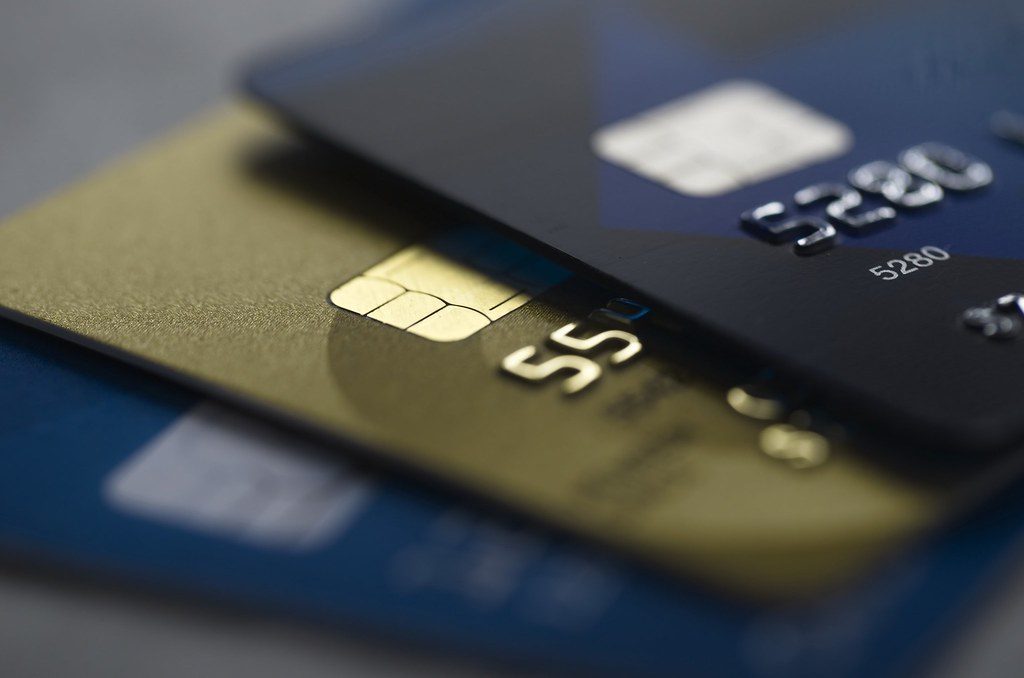State of play: card networks
Each month, Philip Benton, Principal Fintech Analyst at Omdia, explores a new topic and assesses the “state of play”, providing an analysis and understanding of the market landscape.

The emergence of alternative payment rails has forced card networks to pivot to ensure their longstanding success continues
This month, Philip takes an in-depth look at card networks.
Consumers’ love of cards has seen the likes of American Express, Visa and Mastercard become some of the world’s best known consumer brands.
However, the emergence of alternative payment rails like real-time payments, open banking and crypto, which look to bypass card rails, have forced card networks to pivot to ensure their longstanding success continues.
Card networks are synonymous with payments
The exchange of money relies on trust. This is why cash is still king in many parts of the world. When Frank McNamara invented Diner’s Club, the world’s first plastic payment card in 1950, it spawned the need for an intermediary between the issuing bank, consumer and merchant to handle the exchange of money digitally, and thus, card networks were born.
This is where the power of Visa and Mastercard has been instrumental in accelerating the use of card-based payments by ensuring cards have near-universal adoption globally, with the simple branding sufficient for both consumers and merchants to have trust in the transaction.
This level of trust didn’t just happen overnight. Both Visa and Mastercard have strict onboarding requirements from both the issuing and acquiring side to minimise risks. And when consumers need to return goods purchased, they also handle the chargeback process, again instilling confidence in the payment transaction process.
Issuer banks have been traditionally reluctant to encourage consumers to adopt alternative payment methods because of the commercial interest in maintaining card revenue. However, increasingly there is realisation of the growing demand from both merchants and consumers to adopt alternative payments.
According to Omdia’s 2025 IT Enterprise Insights Survey, more than a third of payment issuers and acquirers listed alternative payments (real-time, digital wallets and cryptocurrencies) in their top-three IT projects for the next 18 months.
The rise of alternative payments
While there is no suggestion that card payments will disappear anytime soon, the success of open banking in the UK and Europe and real-time payment rails UPI and Pix has led to global interest, with more countries looking to adopt alternative payments to digitalise economies.
Pay-by-Bank, also referred to as A2A (account-to-account) payments, has emerged as a credible contender to card-based payments. Pay-by-Bank utilises banking rails and thereby reduces the processing fees for merchants (compared to a card transaction) while enhancing payment efficiencies for the bank through real-time settlement. Although bank transfers are already common in some countries for online transactions, they aren’t ubiquitous as a payment method in the same way card transactions currently are.
According to Omdia’s 2025 IT Enterprise Insights Survey – Merchants, nearly three in four (74%) of the merchants polled expressed interest in accepting ‘Pay by Bank’ as an in-store payment. Pay-by-Bank is growing in popularity, with UK pub chain Wetherspoons, Australian grocery retailer Woolworths and US giant Walmart all having announced that they will now accept the payment method.

Source: Omdia
While merchants have been relatively slow to adopt Pay-by-Bank in the near term, the longer-term impact is expected to be transformative for the retail payments landscape. At a global level, 66% hold the view that Pay-by-Bank will replace the use of payment cards over time. While it must be remembered that this is something of an open-ended view, it is nevertheless significant. The potential for merchants to reduce card-acceptance costs, and particularly chargebacks in e-commerce, certainly makes this a potentially attractive proposition.
Payment inertia has enabled card networks to prepare
Payments are inherently habitual, so shifting consumer preference towards alternatives to drive mass adoption of newer payment methods requires clear incentive from the merchant. The user experience needs to be a vast improvement on their default payment method for ease and convenience. While these incentives are starting to materialise – Uber, for instance, offers a discount to users on future rides who register to make their first Pay-by-Bank payment – it has given card networks ample time to prepare and hedge their bets on the future of payments.
Back in 2019, Mastercard purchased Nets’ account-to-account (A2A) payment business for €2.85 billion as part of its strategy to reduce its reliance on card payment revenue, following on from its other recent acquisitions of Transfast (a cross-border payments firm) and Vyze (a POS financing provider). The deal strengthened Mastercard’s position in the Nordics and complemented its Vocalink technology, which was acquired in 2017, as Mastercard strives be a one-stop-shop for all the payments needs of consumers, businesses and governments alike. Since then, Mastercard also acquired open banking platform Finicity in 2020 and just this month purchased Swedish subscription management start-up Minna Technologies as it seeks to safeguard its future as the go-to intermediary for all things payments.
Similarly, Visa has been equally active in its M&A activity. After calling off its proposed acquisition of US open banking player Plaid in 2021, it acquired Tink, a European provider of open banking services, later that same year. It also acquired core banking provider Pismo in January 2024, which has given Visa access to the real-time payment network Pix that has revolutionised the Brazilian payments landscape.
Card networks diversifying services from pure payments is a signal for the future
Over time, card networks have diversified their revenue streams beyond payments by introducing services in fraud management, identity, analytics and, increasingly, cybersecurity. The biggest signal to date of this direction was when Mastercard announced in September 2024 that it had agreed to acquire Recorded Future, the world’s largest threat intelligence company, for $2.65 billion. Of the reasoning for the acquisition, Mastercard said, “The need for a holistic and global cyberdefense has never been greater. As new technologies are introduced and adopted, there is a rising risk of cyberthreats. In 2024 alone, cybercrime is projected to cost $9.2 trillion globally.”
It should be noted that Mastercard has acquired several other cybersecurity-related firms since it set up a dedicated unit for cybersecurity in 2017, but the purchase of Recorded Future is by far the biggest. Mastercard is not the only card network looking to play a bigger role in cyberdefense either, with Visa splashing $1 billion to buy UK-based fraud and AML specialist Featurespace. Featurespace’s flagship product, previously featured in Omdia’s ‘On the Radar’ series, is an adaptive, real-time, individual, change identification (ARIC) Risk Hub, which uses advanced machine learning techniques to detect anomalies that lie outside normal good behaviour, helping to reduce net fraud as well as false positives.
Adapting and evolving
Unlike a number of other industries, whether it’s the demise of Blockbuster, Blackberry or the Polaroid (although they have recently made a retro comeback), card networks are in the enviable position of being able to foresee market trends shift and invest accordingly. This is because a change in payment patterns doesn’t happen overnight. New payment methods struggle to gain traction until there is mainstream adoption and then things often snowball from there. We’ve seen this with credit cards, contactless technology, BNPL and more recently Pay-by-Bank.
Both Visa and Mastercard have cleverly hedged their bets on several emerging technologies, whether it’s open banking, blockchain or AI, to ensure that their business evolves in line with the world around them. They have the advantage of being the ultimate aggregator, with the ability to easily on-ramp card payments and off-ramp into other payment types, which is commonly already done for crypto payments.
I’ve seen many a press release from many an ambitious fintech looking to disrupt the dominance of card networks, namely Visa and Mastercard. However, I’ve concluded that card networks might change in name (Visa was originally known as BankAmericard and Mastercard as Master Charge), but not in power.
About the author
 Philip Benton is a Principal Fintech Analyst at Omdia and writes analysis on the issues driving technological change in financial services. Prior to Omdia, he led consumer trends research in retail and payments at strategic market research firm Euromonitor.
Philip Benton is a Principal Fintech Analyst at Omdia and writes analysis on the issues driving technological change in financial services. Prior to Omdia, he led consumer trends research in retail and payments at strategic market research firm Euromonitor.
In this column, Philip discusses the technological implications and consumer expectations of the latest fintech trends.
You can find more of Philip’s views on fintech via LinkedIn or follow him on X @bentonfintech.











































